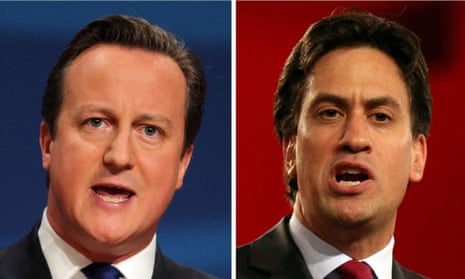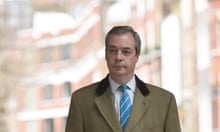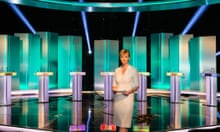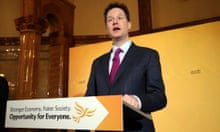On Saturday evening, the Labour flank of the Twittersphere erupted in jubilation as a YouGov poll placed Ed Miliband’s party four points ahead of the Conservatives.
Latest YouGov poll (27 Mar): LAB - 36% (+2) CON - 32% (-4) UKIP - 13% (-) LDEM - 8% (+1) GRN - 6% (+1)
— Britain Elects (@britainelects) March 28, 2015
Pundits were rushed to TV studios in Westminster on Sunday to explain the reasons behind the sudden Labour surge – some even went as far as arguing the party was now entering majority territory.
A few hours later, at 10pm on Sunday, a ComRes poll was published showing the exact opposite picture.
Latest ComRes poll (28 - 29 Mar): CON - 36% (+1) LAB - 32% (-3) UKIP - 12% (+2) LDEM - 9% (+1) GRN - 5% (-2)
— Britain Elects (@britainelects) March 29, 2015
Labour’s joyous bubble burst, the Tories exulted.
Over the next five weeks this pattern will be repeated many more times as the number of polls published increase in the runup to 7 May.
This raises two questions.
How can two polls be so different?
Polls carry a margin of error and levels of confidence. For example, a poll of 1,000 people has a margin of error of about plus or minus three points and a confidence interval of 95%. In theory, this means 95 times out of 100 the figure in one poll will be within three percentage points of what it would be if you surveyed the entire population.
This implies that any change within the margin of error isn’t significant, and that there is always the possibility of a random error. There is always an element of uncertainty.
One way to alleviate this is to look at the trend across polls, instead of the one set of figures that we like best.
It may well be that either the YouGov or the ComRes poll are reflecting the emergence of a new trend, but based on current evidence it’s more likely that the Conservatives and Labour remain virtually tied.
Can we trust polling?
The short answer is yes.
Within the context of uncertainty, polls remain the most reliable method of assessing public opinion. For example, when comparing the 2010 polls with the final election result, the polling was quite accurate:
The challenge is how we read and understand polling – and how we deal with and explain uncertainty.
When there are 10 polls, and nine tell the same story but one looks very different, however tempting it is to focus on the one, the other nine are probably showing the more accurate picture – probably, not definitely.
What are the polls saying today?
With just 38 days to go to election day, the latest Guardian projection has the Conservatives winning 277 seats, Labour 269, the SNP 53, the Liberal Democrats 25, Ukip four and the Greens one.
Both main parties remain well short of an outright majority.
One number to keep an eye on over the next five weeks is the combined Labour-SNP share of seats. It’s currently projected at 322 seats – anything above this, and Cameron wouldn’t have the numbers to form a government if the MPs of both parties were to vote him down.
Therefore, Cameron needs the polls to change noticeably more between now and election day than Miliband does if he is to stand a chance of forming a stable government.
This is easier said than done. As the table above shows, the polls didn’t change substantially in the last weeks of the 2010 campaign.
However, a cause of possible optimism for the prime minister could be that there is no single trend that can be applied to every election of the past 40 years – and in an election as close as this, even a small difference in the numbers can have a big impact on who is able to form the next government.









Comments (…)
Sign in or create your Guardian account to join the discussion